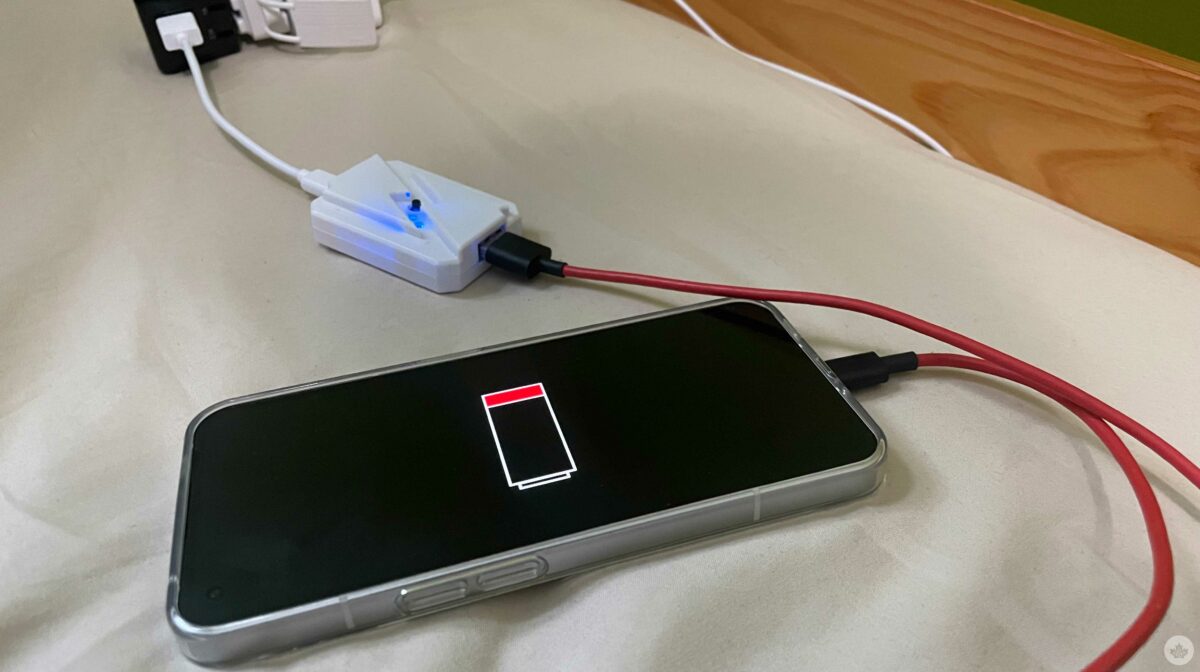For the last couple weeks, I’ve been rocking out with EarFun’s Air Pro 3 earbuds. For the price, these earbuds are surprisingly good, offering good, if not the best, sound and solid noise cancellation. While not perfect, it’s hard to find fault with the Air Pro 3’s, especially at their price of $89.99 in Canada.
Before we get into it, let’s take a quick look at the specs. The Air Pro 3 earbuds run on Qualcomm’s QCC3071 chipset, which means they support Bluetooth 5.3 with Low Energy (LE) Audio, as well as Qualcomm’s aptX adaptive audio codec.
Additionally, EarFun boasts its ‘QuietSmart 2.0 Hybrid’ active noise-cancelling (ANC) tech and ‘Ambient Sound’ modes for blocking out the sound around you, or letting it in when you need to be aware of your surroundings.
The EarFun Air Pro 3 buds sport six microphones for improved voice pickup and to reduce background noise, 11mm drivers, and an IPX5 rating, which means users don’t need to worry about sweat or rain damaging the buds. On the battery side, the buds boast up to seven hours on a share with ANC turned on, or nine hours with it off. The charging case expands listening time to 45 hours total and offers both USB-C and wireless charging.
Good sound and multiple devices
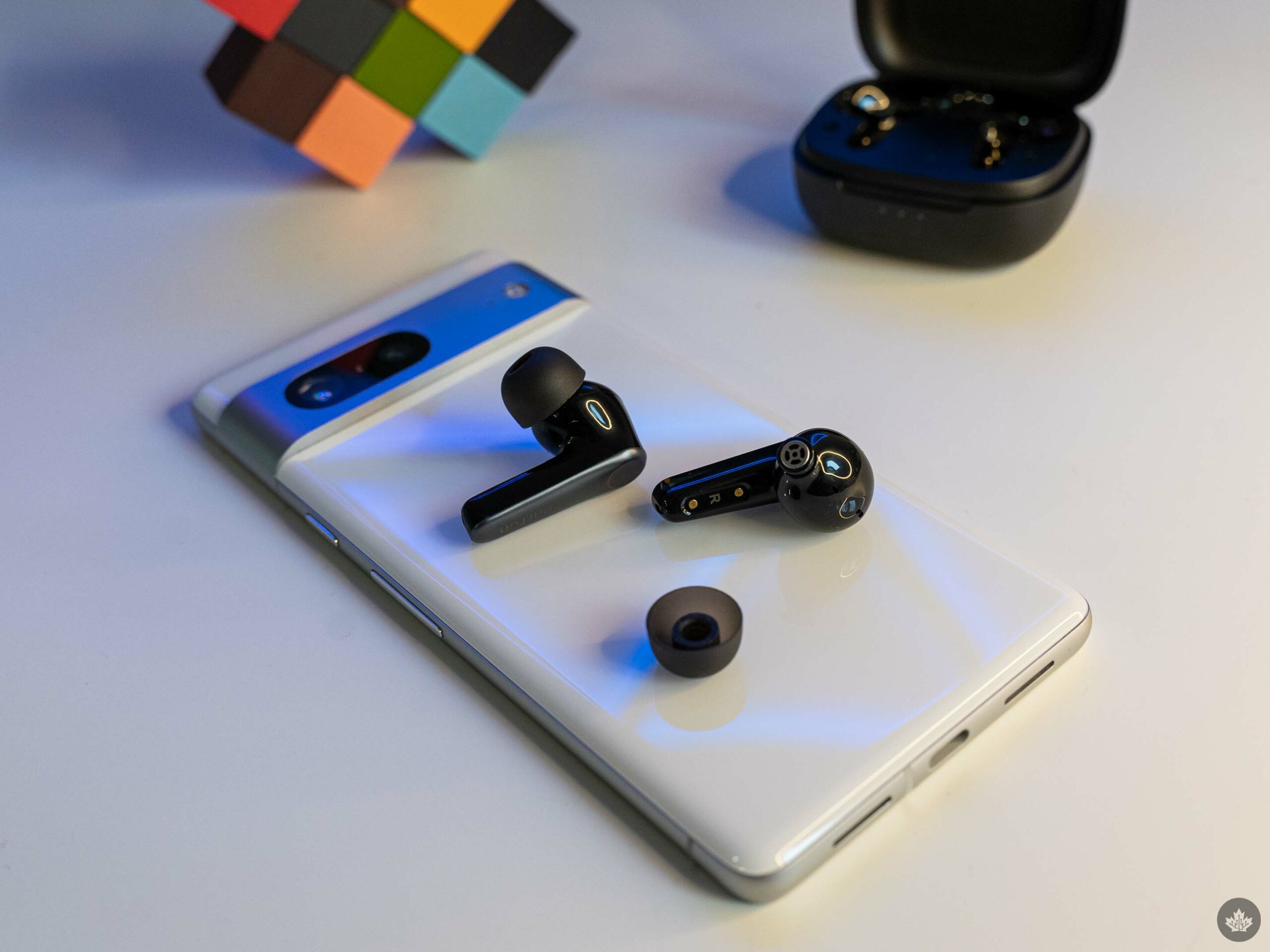
Overall, I’d say the EarFun Air Pro 3s sound good, though not the best. Across a variety of genres from pop to punk to jazz to metal, I found my favourite songs sounded how I expected, but I found the buds’ bass a tad overbearing. Though in some songs, like Busty and the Bass’ excellent ‘Baggy Eyed Dopeman,’ the extra bass only served to elevate the tune.
If you use the EarFun app, you can tune the earbuds through equalizer presets (or custom settings) if you’d rather cut back the bass. Ultimately, I’d classify the sound quality as “good enough” — as with most buds, if quality is your biggest concern, earbuds won’t cut it for you.
On another note, I actually really appreciated how good some podcasts sound with these earbuds. I’ve been on a big podcast kick lately, but thanks to the ANC (which I discuss more below) I was able to listen to some of my favourite shows without cranking the volume absurdly high just to hear over my surroundings.

Another thing that really impressed me with the Air Pro 3 earbuds was the ability to connect to two devices at the same time. While not exactly a new feature, many other earbuds that allow this have some kind of restriction, such as Apple AirPods only offering seamless connections to Apple devices.
I generally use my earbuds with my phone, but having the Air Pro 3 buds connected to my laptop at the same time made it super easy to swap between listening to music to hopping into a virtual meeting.
Speaking of meetings, the MobileSyrup team was pleasantly surprised by how good I sounded when using the earbuds in our remote meetings. Those six microphones were definitely putting in work.
ANC makes for a blissful commute, despite bugs
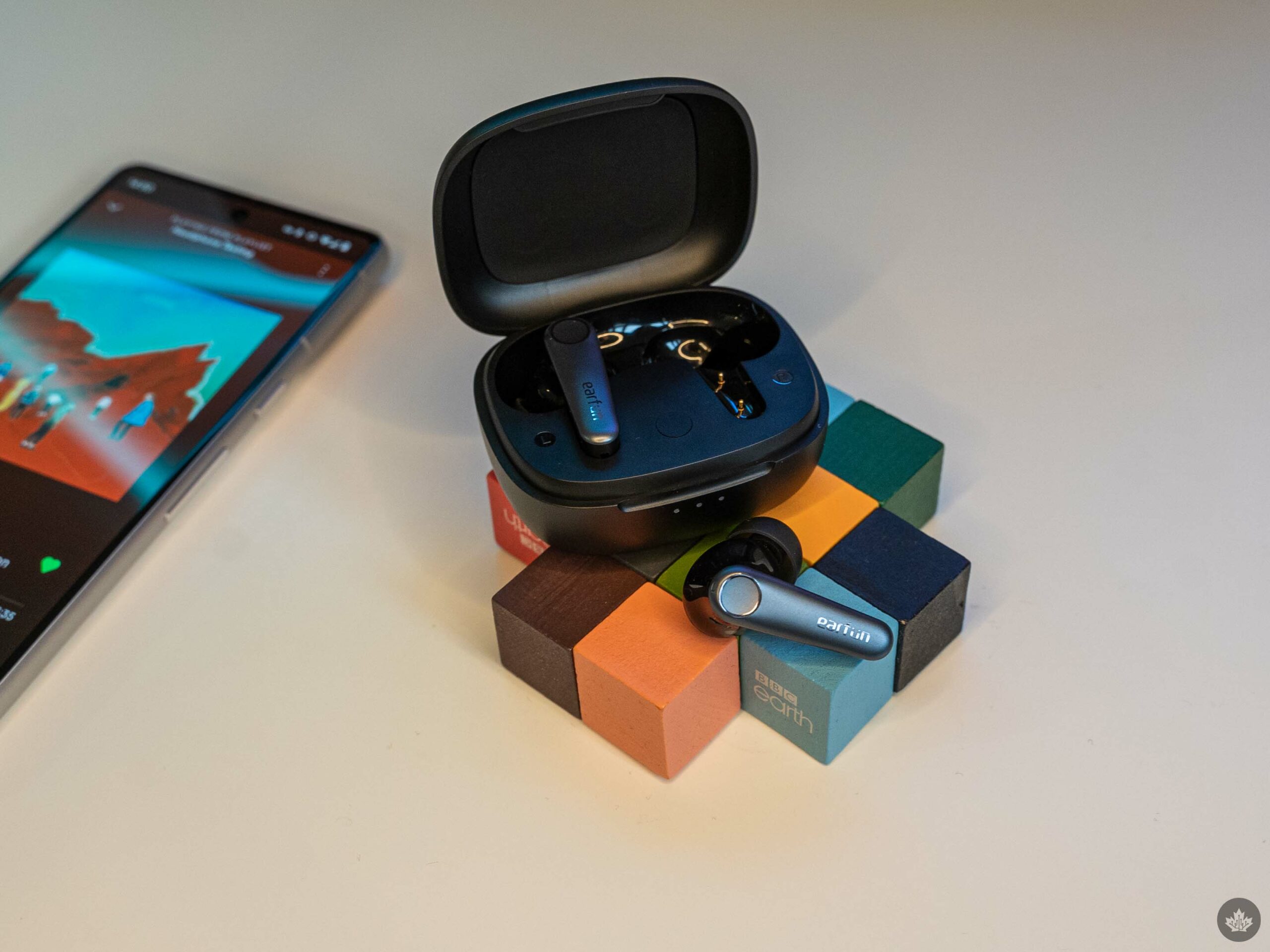
I, thankfully, waste significantly less of my time commuting these days than before the pandemic, but I still occasionally take a GO train into the office. But thanks to the Air Pro 3 buds, it’s easy to forget I’m sitting on a train.
While you may not consider the GO train particularly loud, once you’ve tried using ANC-equipped earbuds, it’s shocking how much noise the trains make. The earbuds really made the train ride significantly more relaxing and as much as I like the Surface Buds, I won’t be rushing back to earbuds without ANC any time soon (at least, not for using on the train).
Of course, the ANC isn’t perfect. I found the Air Pro’s seal easy to break, which significantly reduced the effectiveness of the ANC. Plus, with the AirPods-like stem design, the earbuds were easier to knock loose. Moreover, while the Air Pro 3 buds are comfortable, I’ve grown accustomed to using earbuds that don’t go into my ears and I find it difficult to wear the Air Pro 3 earbuds for long stints since the combination of the pressure on my ears and ANC makes them uncomfortable. If you’re used to earbuds of this style, it likely won’t be a problem for you.
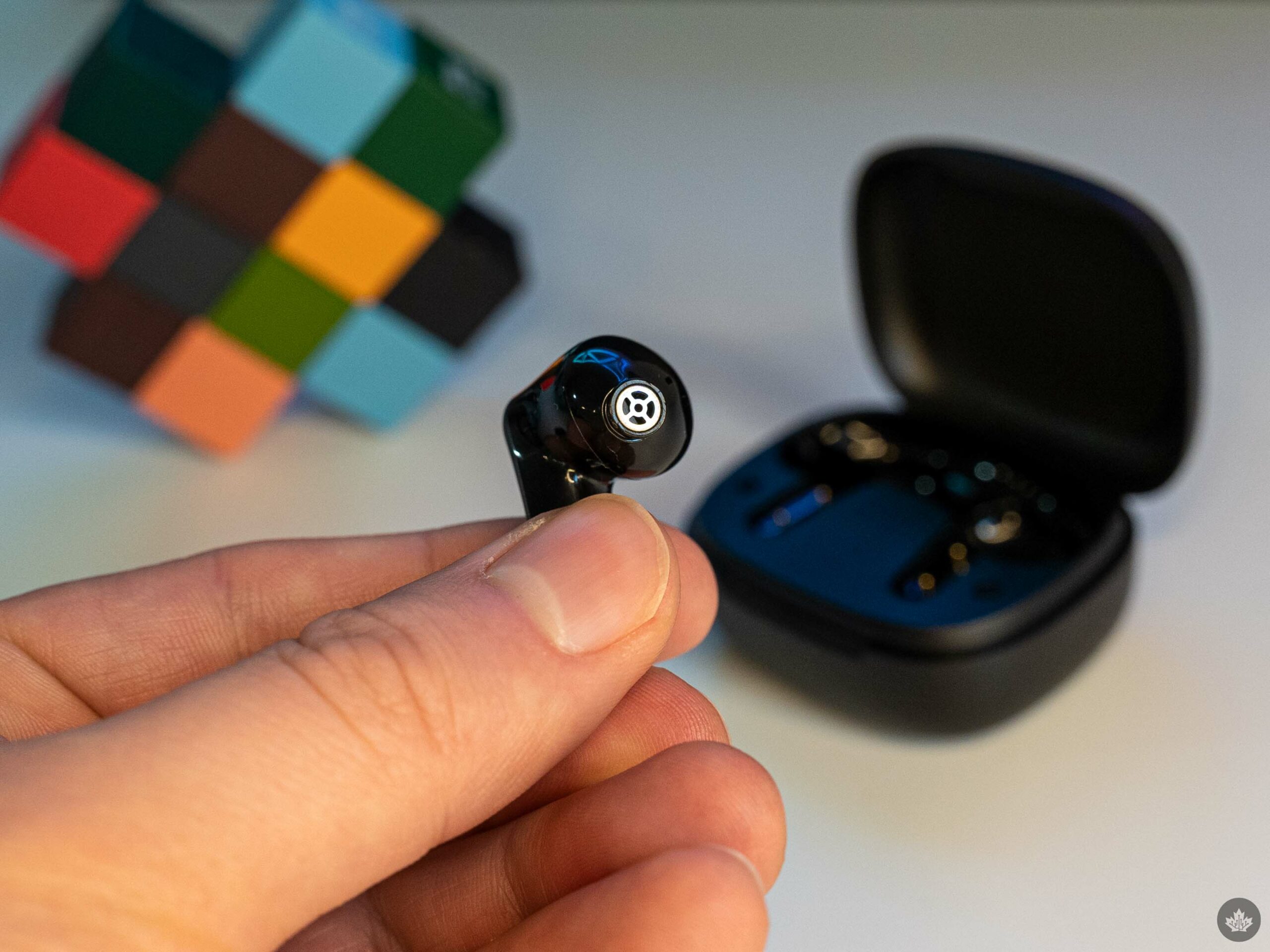
I also found that some sounds were able to cut through the Air Pro 3 ANC. Going back to the GO train example, some trains with particularly high-pitched brake squeals seemed to mess with the ANC, causing a loud screech in my ears. For some reason, announcements on the GO train seemed to come through clearly as well, which was particulalry confusing because I often can barely understand the announcements on when I’m not wearing earbuds.
All that is without using the Ambient Sound mode to amplify sounds around me, which I generally avoided using because I really don’t prefer having earbuds amp up incoming sound.
To be clear, the ANC glitches were at most inconvenient when they happened, and generally weren’t dealbreakers for me.
Parting sound bites
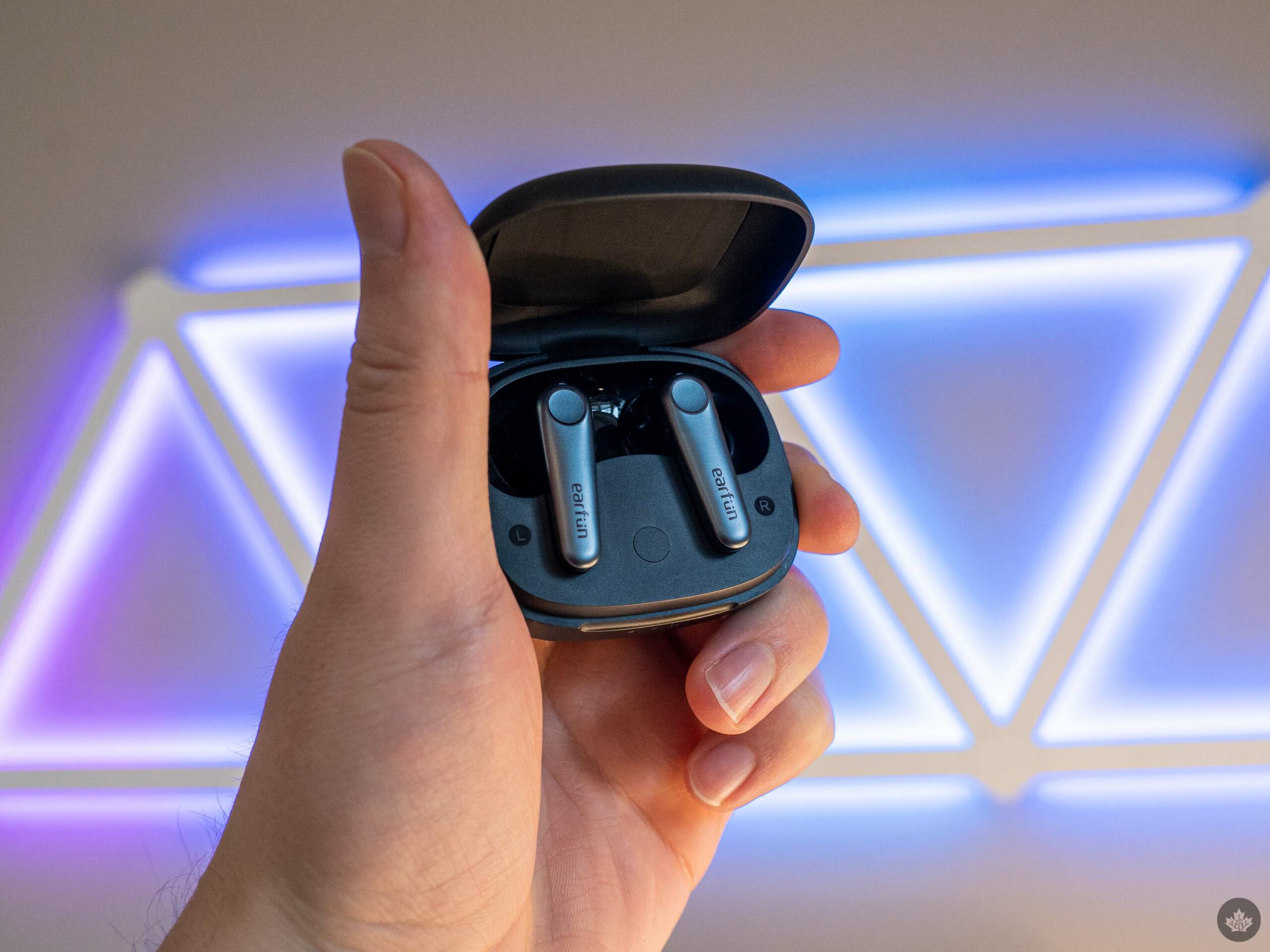
Other than the odd ANC glitches and a few other bugs I’ll mention next, the Air Pro 3s were quite reliable. I didn’t run into any battery issues and was able to squeeze out plenty of listening time. Though my ears couldn’t tolerate seven hours of listening, I’m confident the buds would get close to seven hours as advertised.
I also really liked that the charging case offered wireless charging. That seems like a common feature, but my daily-driver earbuds have been the Surface Earbuds for years, and they don’t support wireless charging.
The biggest reliability issue I encountered while testing the Air Pro 3 earbuds was one day the buds inexplicably forgot how to pair to my phone properly. Only one of the two buds would pair when I took them out of the case. Ultimately I had to forget and repair the buds to my phone and I haven’t had an issue since.
Finally, the Air Pro 3 buds offer a variety of touch controls, though I could never keep track of which combination of taps and presses did what. Controls include adjusting volume, toggling ANC, skipping tracks or going to the previous track, play/pause, answering calls and more. Unfortunately, the touch controls don’t work with gloves on and even without gloves, I had a hard time finding the small touch-sensitive circle when the buds were in my ears.
All these things considered, for $89.99, I think the EarFun Air Pro 3 buds offer excellent value. Solid sound, good noise cancellation, battery life, excellent call quality, all for less than $100 is pretty great. Comparable buds from big tech companies can cost anywhere from $150 to over $300 without offering significantly more or better capabilities.
The EarFun Air Pro 3 are available on Amazon.ca and from EarFun’s website, though EarFun charges USD and shipping fees of $3-$10 USD.
MobileSyrup utilizes affiliate partnerships. These partnerships do not influence our editorial content, though MobileSyrup may earn a commission on purchases made via these links.

















